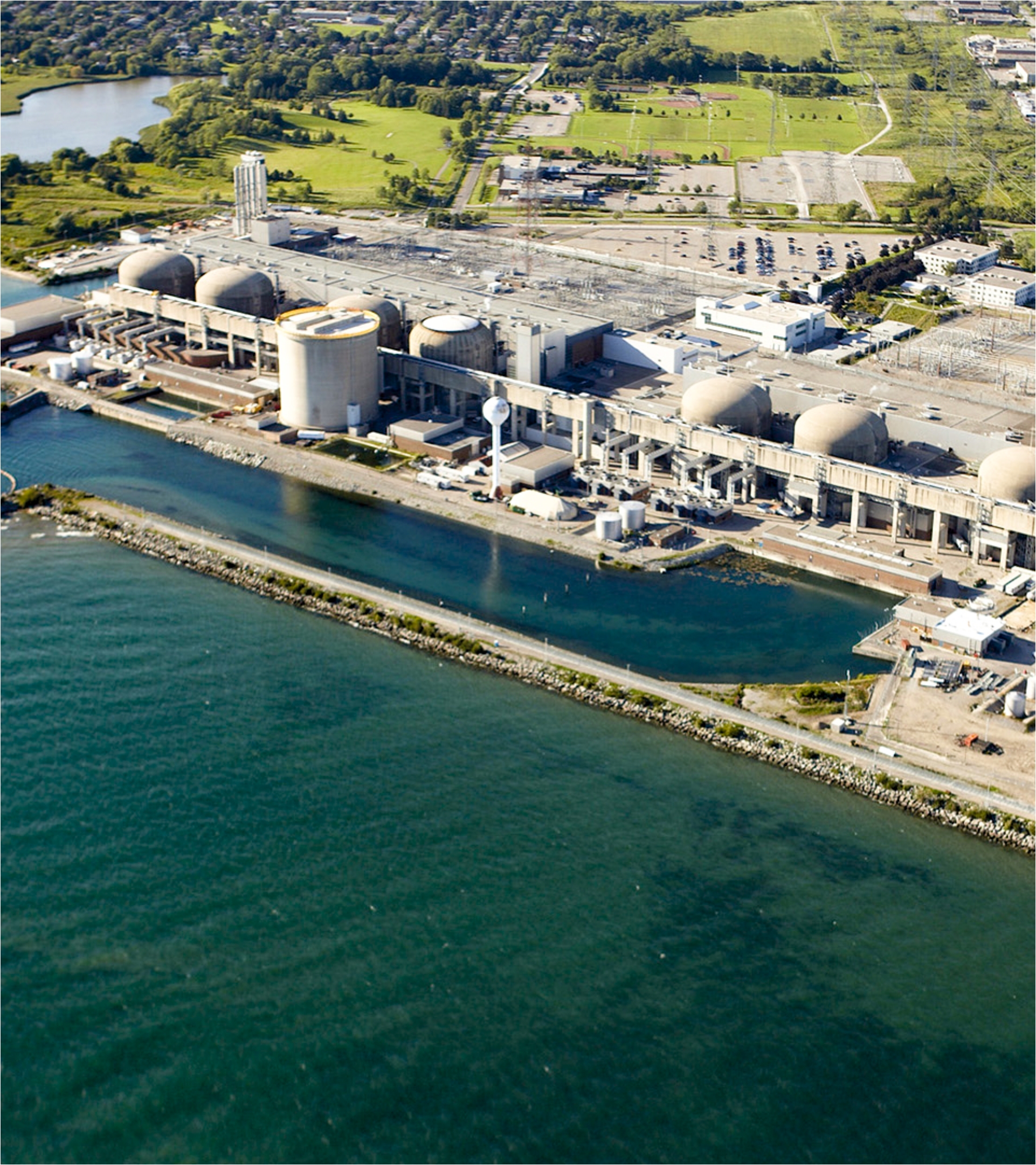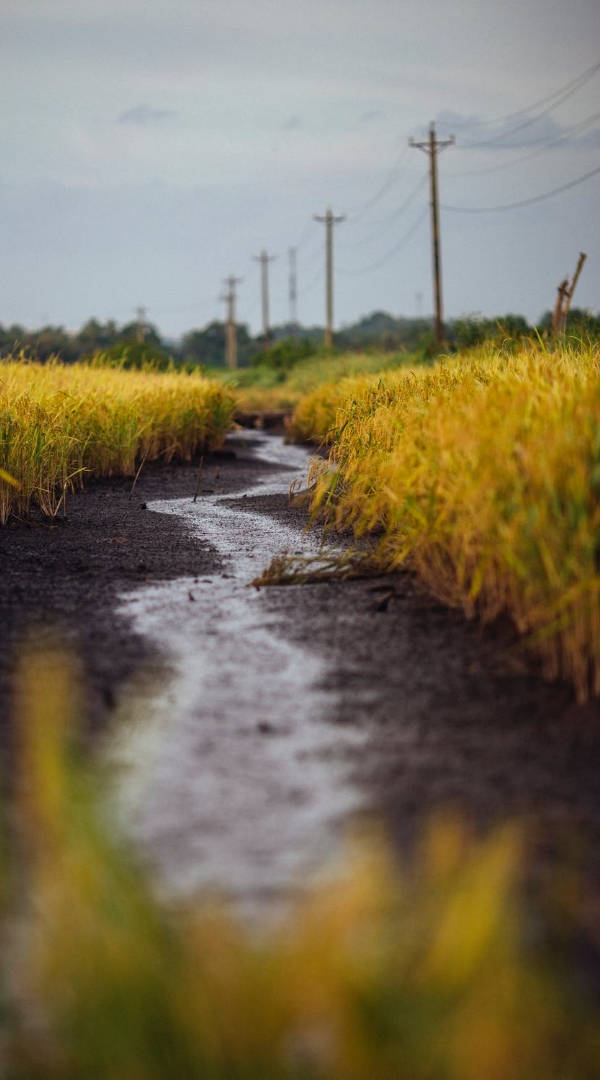

Fact Generator
More Facts!
Nuclear Energy in Ontario is made through a process called nuclear fission. This is when atoms are split to form smaller atoms, and they release the energy that powers our cities!
Biomass is a cost-effective source of renewable energy. It costs 1/3 less than fossil fuels, while doing the exact same job!
Nuclear Energy releases comparable amounts of greenhouse gases as wind, water or biomass energy, whereas Coal releases 30x the amount of gases.
Using biomass energy contributes to a cleaner environment. Instead of garbage ending up in our rivers and oceans and ultimately harming our ecosystems, it is used to produce energy!
Ontario’s air quality is improving as a result of Nuclear Energy. Our province has boosted nuclear power generation from 37% in 2000, to 62% in 2014!
Biomass is a renewable and abundant source of energy. We will always have sources of biomass, such as crops, manure and garbage, that we can productively convert to fuel.
Biomass is a renewable and abundant source of energy. We will always have sources of biomass, such as crops, manure and garbage, that we can productively convert to fuel.
Every 18-24 months, a nuclear power plant must shut down in order to conduct a cleaning cycle. This cleaning process is to remove used uranium fuel, which becomes radioactive waste.
Trees that have been killed by disturbances, whether that be fire, diseases or insects, can be reused to produce bioenergy!
In 2016 alone, Canadian nuclear power plants had almost 50 000 safety tests done to ensure system reliability!
Bioenergy comprises about 4% of Canada’s total energy supply and is the 2nd largest source of renewable energy in Canada (following hydroelectricity).
Nuclear Energy is cost-efficient. It is not affected by fluctuations in coal and gas prices, which makes pricing stable and predictable. It’s even more feasible than gas, wind and solar power!
Biomass energy is carbon neutral, meaning it does not contribute to global warming! The only carbon released from biomass fuels gets absorbed back into the source, and is effectively reused.
Nuclear power plants have little-to-no constraints, and can run uninterpreted for long periods of time, making energy production consistent and reliable.
The more we use biomass energy, the less we rely on the dwindling supply of fossil fuels. It’s an environmentally-friendly option that will benefit the future!
Over $19 800 000 000 has been put aside by nuclear power plant operators for the purpose of long-term management of nuclear waste - ensuring safety for the future.
Biomass energy is one of the most versatile forms of energy available. It has the unique ability to be converted into many different fuel sources for various applications, including: heat and electricity production, as well as fuel for cars.
Around 15% of Canada’s electricity comes from nuclear energy, with a total of 5 plants in Canada (3 of which are in Ontario).
By utilizing the unique capabilities of bioenergy, the amount of garbage in landfills will be reduced by 60-90%! This will not only reduce the amount of land required for landfills, but will also reduce the cost of landfill disposal.
In Canada, all nuclear power reactors are CANDU (Canadian Deuterium-Uranium) reactors. By pressurizing heavy water, these reactors use natural uranium as fuel, and the heavy water as a coolant and moderator.
In Canada, all nuclear power reactors are CANDU (Canadian Deuterium-Uranium) reactors. By pressurizing heavy water, these reactors use natural uranium as fuel, and the heavy water as a coolant and moderator.
Some research has shown that over your life, you will get more radiation from being around personal electronics than being near a nuclear power plant.
Bioenergy can be generated domestically, thereby reducing our reliance on imported foreign oil.
Renewable Energy is credited with creating 5x more jobs than energy made by fossil fuels - benefiting both our economy and our communities!
The Canadian Nuclear Safety Commission (CNSC) are involved in all aspects of nuclear power plants, by collecting regular samples, and ensuring the plants safe operation.
Majority of Canada’s biomass energy is supplied in solid form (sawdust, pellets, garbage, charcoal) or liquid form (pulping liquors, ethanol).
In Canada, there have been 0 nuclear accidents with any environmental or health consequences in 40+ years of operations.
There are 14 safety and control areas that are evaluated by the Canadian Nuclear Safety Commission (CNSC), including: safety analysis, operating performance, radiation protection, waste management, security and more!
The primary sources of bioenergy are: forestry, agriculture, food-processing residues, industrial wastes, municipal sewage and household garbage.
Whereas fossil fuels contribute to pollution at every stage of production and use, nuclear energy has no significant environmental impact.
Nuclear waste is safely transported in secure cases, and are shipped by truck, rail or cargo ship.
Canada is the 2nd largest producer and exporter of uranium in the world - putting our country at the forefront of Nuclear Energy.
In the future, Canada hopes to utilize the process of nuclear fusion to generate energy. By combining atoms to form a larger atom, nuclear energy will be made an even safer process.
According to the World Wildlife Fund, the world could get all the power it needs from renewable resources by 2050 - effectively ending our reliance on depleting resources like fossil fuels.
Clean Energy even benefits businesses! By having a reliable, cost-efficient source, businesses are given a competitive edge for the future.



























